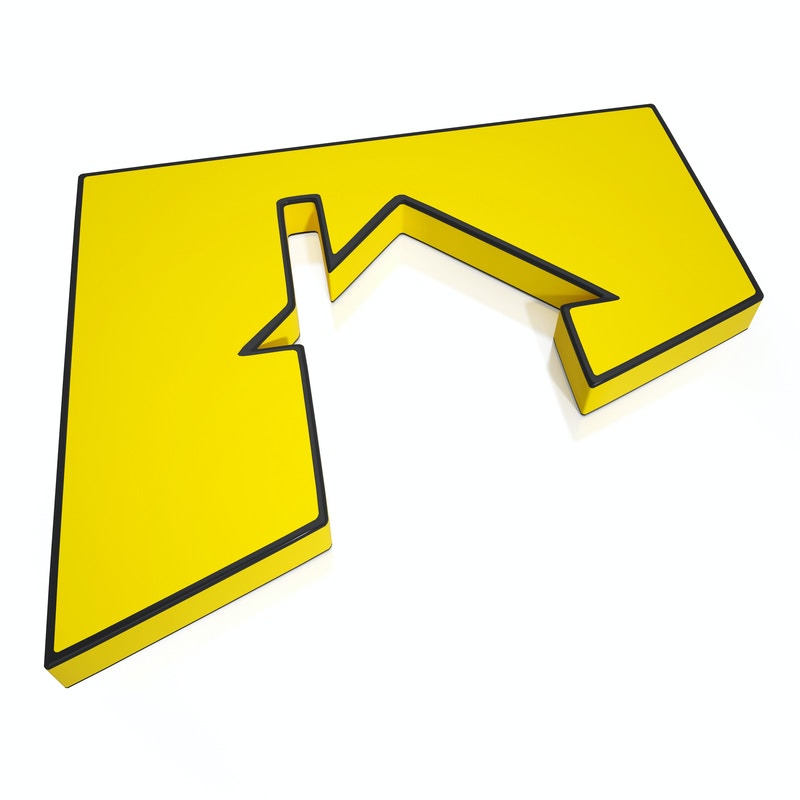

For anyone who works in woodworking, plastics or any number of similar industries, the tools of the trade are their livelihood. For companies who employ carpenters or technicians, keeping track of their tools is an important part of the work that they do. While they seem superfluous to some who work in these industries, proper tool room management is really critically important to the running of the business.
Maintaining control over the specialized tools that are integral to doing the work at hand is vitally important. The critical nature of tool room management does not change if the company in question is very large or small. The equipment and tools in question are usually pretty pricey and it is all too easy to lose track of where they are put when companies leave keeping track of their inventory to everyone. When everyone is responsible for a task, any task, no one actually is. Tool management should be in everyone’s best interest but it often falls by the wayside when no one is assigned that task.
The other side of that is that when there is no one tasked with proper tool room management, a lot of time can be wasted hunting around for the right tool at the right time. If your staff have to spend a lot of time looking for the right plastic cutting tool or wood cutting tool, that is time they are not doing their actual job and it costs you money.
Your Tool Room Should Be The Neatest and More Organized Part of Your Business.
That sounds like a given, right? It should be but that is not always the case. The whole point of proper tool room management is to have a system where you know where all of your tools are, all of the time. That means labeling and organizing everything so that anyone can walk in (theoretically) and find what they need. Peg board tools should be hung on pegs with shadow painting to show their exact shape and size. This also will make it easy to look around and quickly see what is missing from your peg board at the end of the day or shift. There is no guesswork when it is done this way.
Who will staff your tool room?
If you have a lot of workers, it is easy to assign someone each shift to take over the tool room management duties. Your tool room manager controls access to the room at all times during the shift. No one should be found walking around your tool room without their permission or knowledge.
This person will also be responsible for checking in and out all of the tools and equipment that are stored in the tool room. You need to be able to say where your tools and equipment are all of the time and need to know who is using what. There are ways you can track where your tools are all of the time. Some companies go with scanners and bar codes. Some use tags with the names of the people who work at the company. When one takes out a tool, a tag with their name goes in the spot where the tool is normally housed.
If your business is not large enough to justify giving one person the sole job of being responsible for your tool room management, there are ways to make that position have more responsibilities such as tool sharpening. Think about what can be done away from the shop area.
Where will you put your tool room?
Most companies like to place their tool rooms as close to the main shop area as they can. If this is not possible, there are other places it can go. You may even need several tool rooms if your company is spread out or very large or if you have more than one shop area. There is no hard and fast rule governing where you place your tool room. It just needs to work for you and your employees. The main thing is that the tools can be secured. That is the most important past of tool room management.
andnbsp;